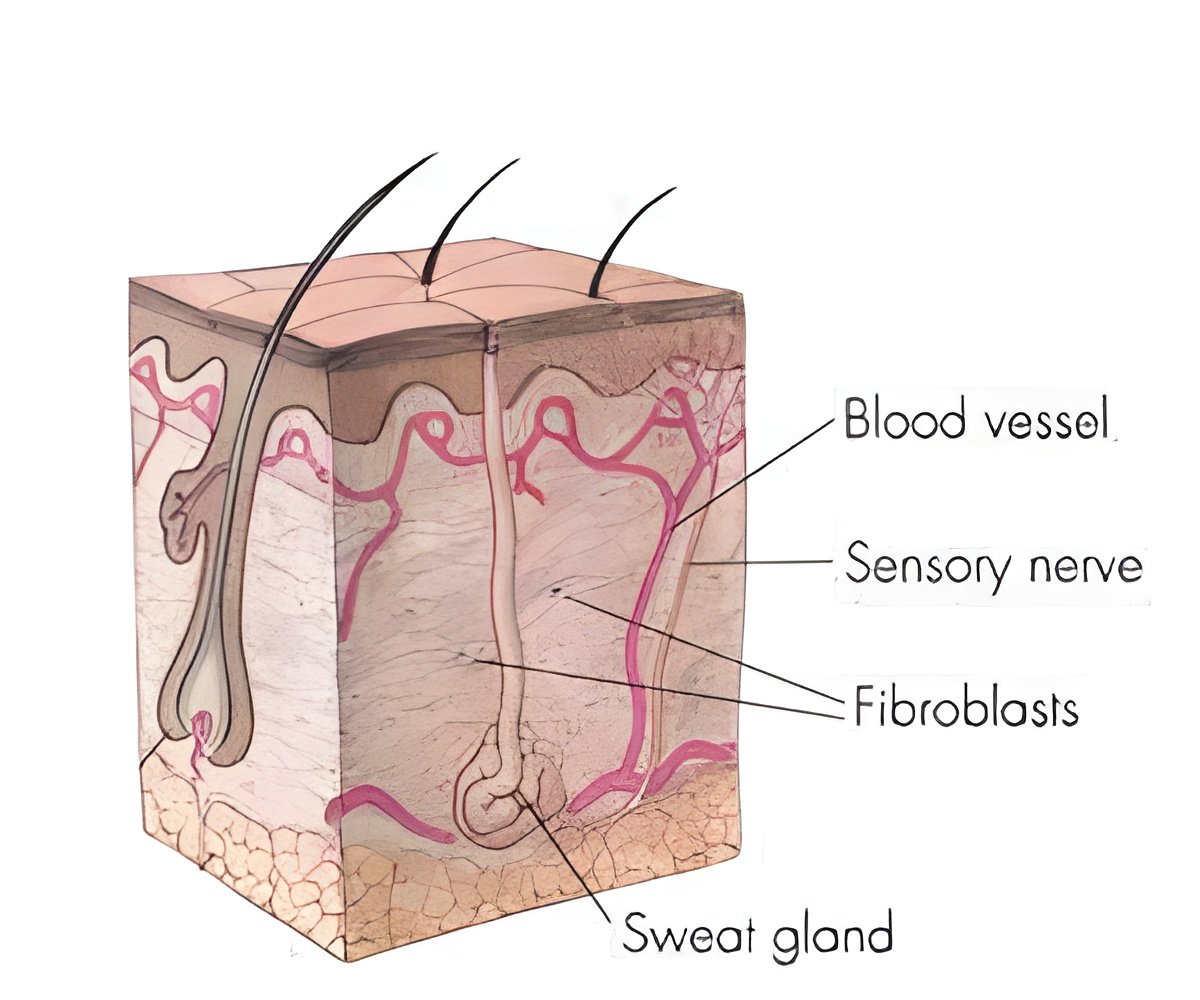
Some had to be exposed to high temperatures, making them impractical for day-to-day use. Others could heal at room temperature, but repairing a cut changed their mechanical or chemical structure, so they could only heal themselves once. Most importantly, no self-healing material was a good bulk conductor of electricity, a crucial property.
"To interface this kind of material with the digital world, ideally you want them to be conductive," said Benjamin Chee-Keong Tee, first author of the paper.
The researchers succeeded by combining two ingredients to get what Bao calls "the best of both worlds" - the self-healing ability of a plastic polymer and the conductivity of a metal.
They started with a plastic consisting of long chains of molecules joined by hydrogen bonds - the relatively weak attractions between the positively charged region of one atom and the negatively charged region of the next.
"These dynamic bonds allow the material to self-heal," said Chao Wang, a co-first author of the research.
Advertisement
To this resilient polymer, the researchers added tiny particles of nickel, which increased its mechanical strength. The nanoscale surfaces of the nickel particles are rough, which proved important in making the material conductive. Tee compared these surface features to "mini-machetes," with each jutting edge concentrating an electrical field and making it easier for current to flow from one particle to the next.
Advertisement
The next step was to see how well the material could restore both its mechanical strength and its electrical conductivity after damage.
The researchers took a thin strip of the material and cut it in half with a scalpel. After gently pressing the pieces together for a few seconds, they found the material gained back 75 percent of its original strength and electrical conductivity. The material was restored close to 100 percent in about 30 minutes.
"Even human skin takes days to heal. So I think this is quite cool," said Tee.
What's more, the same sample could be cut repeatedly in the same place. After 50 cuts and repairs, a sample withstood bending and stretching just like the original.
Tee said that the material is sensitive enough to detect the pressure of a handshake. It might, therefore, be ideal for use in prosthetics, Bao added.
The material is sensitive not only to downward pressure but also to flexion, so a prosthetic limb might someday be able to register the degree of bend in a joint.
Tee pointed out other commercial possibilities. Electrical devices and wires coated in this material could repair themselves and get electricity flowing again without costly and difficult maintenance, particularly in hard-to-reach places, such as inside building walls or vehicles.
Next up, Bao said the team's goal is to make the material stretchy and transparent, so that it might be suitable for wrapping and overlaying electronic devices or display screens.
Their findings will be published on November 11 in the journal Nature Nanotechnology.
Source-ANI















